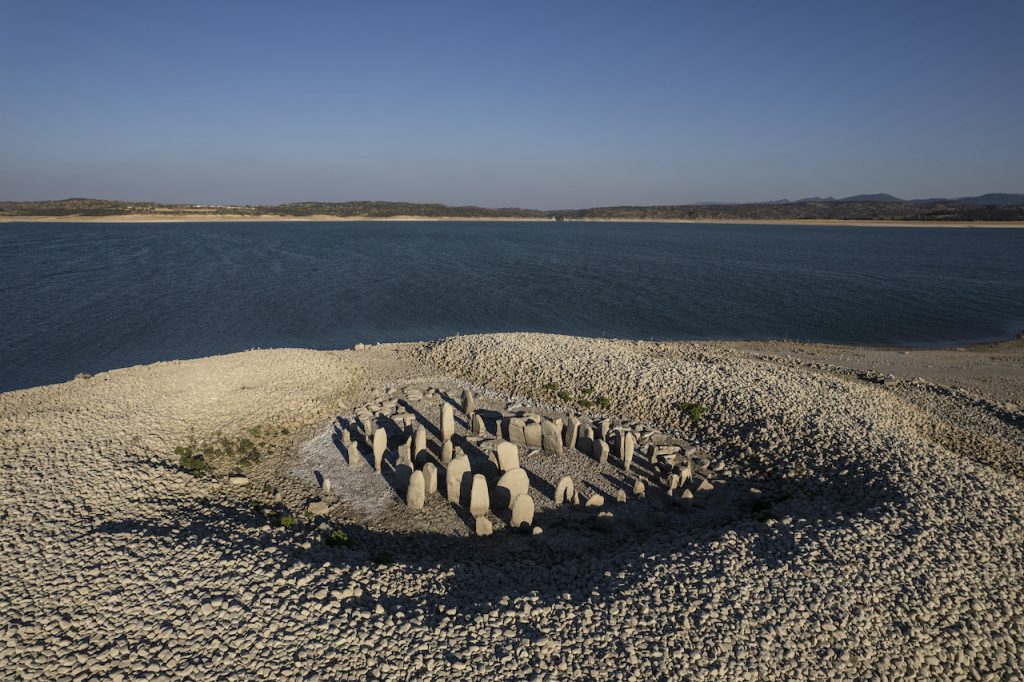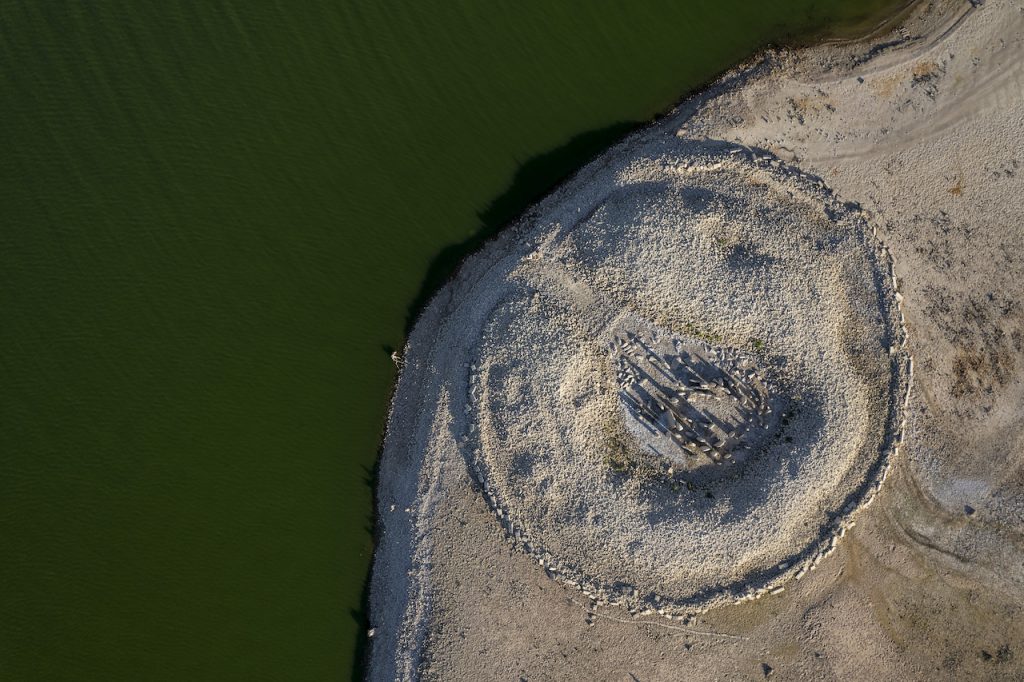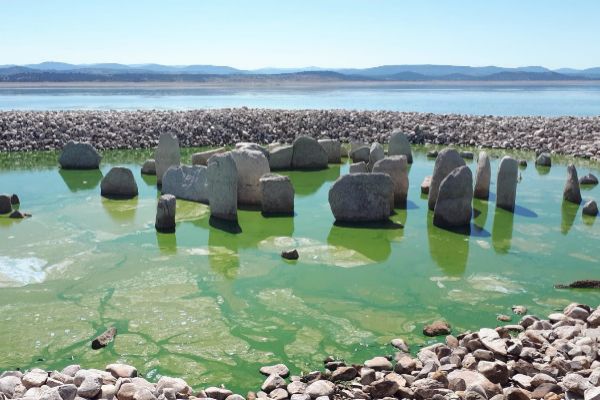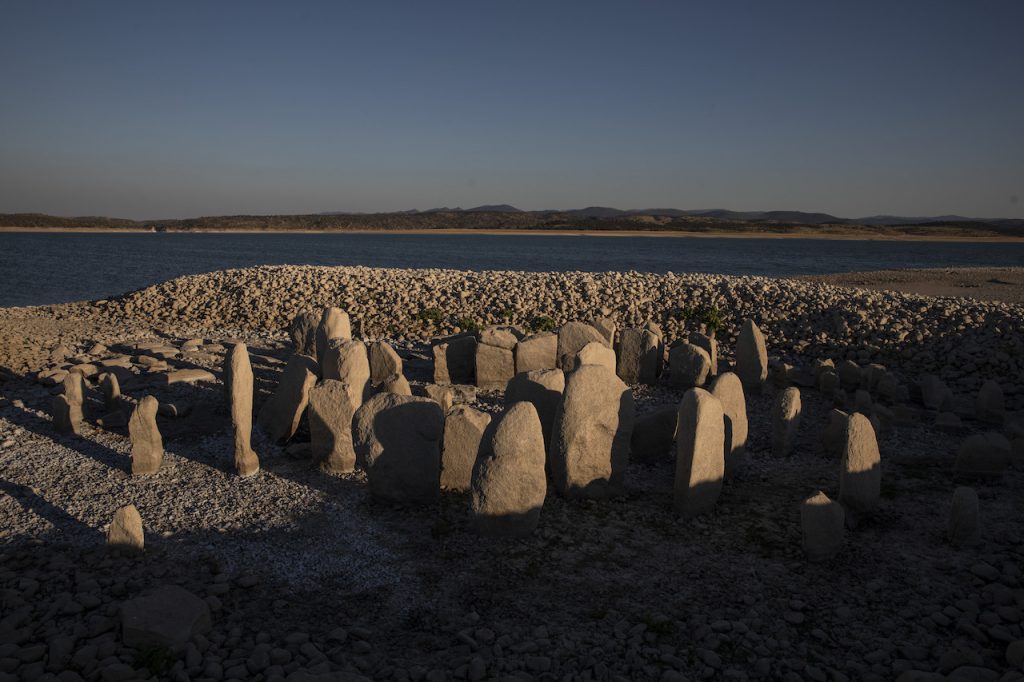Dating back to 4,000 years ago, the Guadalperal Dolmen could be the largest Neolithic site in the entire Iberian Peninsula.
The extreme drought that is plaguing the entire European continent is taking a significant toll on access to water for millions of people. Cáceres, the second largest province in Spain, is not exempt from the consequences of the extreme heat wave in the country. On the contrary, after suffering historical lows in its main bodies of fresh water, a circle of prehistoric stones was discovered in the bed of the Tagus River, almost completely dry.

Officially known as the Guadalperal Dolmen, this could be the largest Neolithic site ever found on the Iberian Peninsula. Archaeologists refer to it as the 'Spanish Stonehenge', due to its size and estimated age. The lowering of the water level in the reservoir completely exposed it, allowing researchers to take a closer look.
For the first time in history, climatologists and meteorologists named an extreme heat wave. Officially recognized in Spain as 'Zoe', she was named in an "effort to facilitate the spread of awareness of dangerous events", according to The Weather Channel. Due to its severity and extension, they have described the phenomenon as "cooking the planet over a slow fire".


Even the United Nations agency, the World Meteorological Organization (WMO), warned that June and July will be the hottest months in the Western Hemisphere, causing raging forest fires, extreme droughts and deaths from heat stroke. At the same time, one of the largest reservoirs in the country reached historic lows, with 28% of its total capacity.
With the advance of the drought, a Neolithic site was revealed. As seen in Stonehenge, it is a circle of concentric stones. It is estimated that the megalithic pieces are at least 4 thousand years old.

Clothes and belongings that the prehistoric inhabitants of the region used remained in the Guadalperal Dolmen. For this reason, researchers have described it as "an archaeological treasure" unique in Europe. In May 2022, according to the Official State Gazette (BOE), it was declared a Site of Cultural Interest, with the category of Archaeological Zone.
Until now, however, it had been little studied, because the water level prevented archaeologists from properly entering the site. Since the 1960s, this space has only been fully revealed 4 times.